Deep Impact: Portugal’s newest hotel is buried under the earth’s surface
Architect Manuel Aires Mateus masterminds the fifth property to join the Silent Living collection
Nelson Garrido - Photography
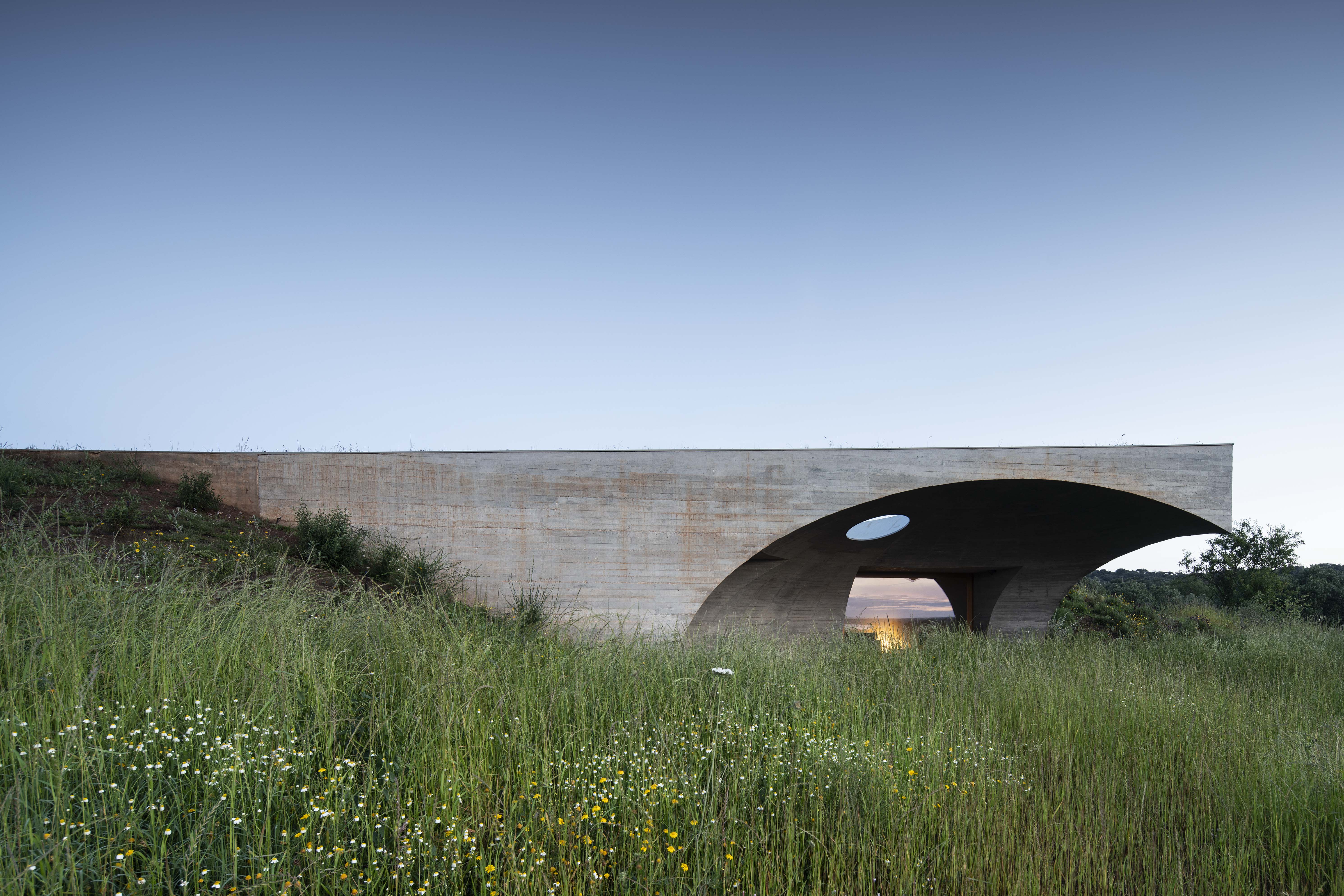
Over the past decade, Portugal’s popularity as a tourist hotspot has inspired a burst of architectural creativity in the hospitality industry, resulting in intimate, boutique hotels popping up all over the country by the likes of Pritzker Prize-winner Álvaro Siza and other acclaimed architects such as Manuel Aires Mateus.
Aires Mateus is, in fact, the mastermind behind the latest opening to season the country’s landscape. The fifth property to join the Silent Living collection – a small hotel group that also owns Santa Clara 1728 (W*216), a beautiful six-room hotel perched atop one of Lisbon’s seven hills – Casa na Terra, which means ‘house in the land’, lives up to its name.
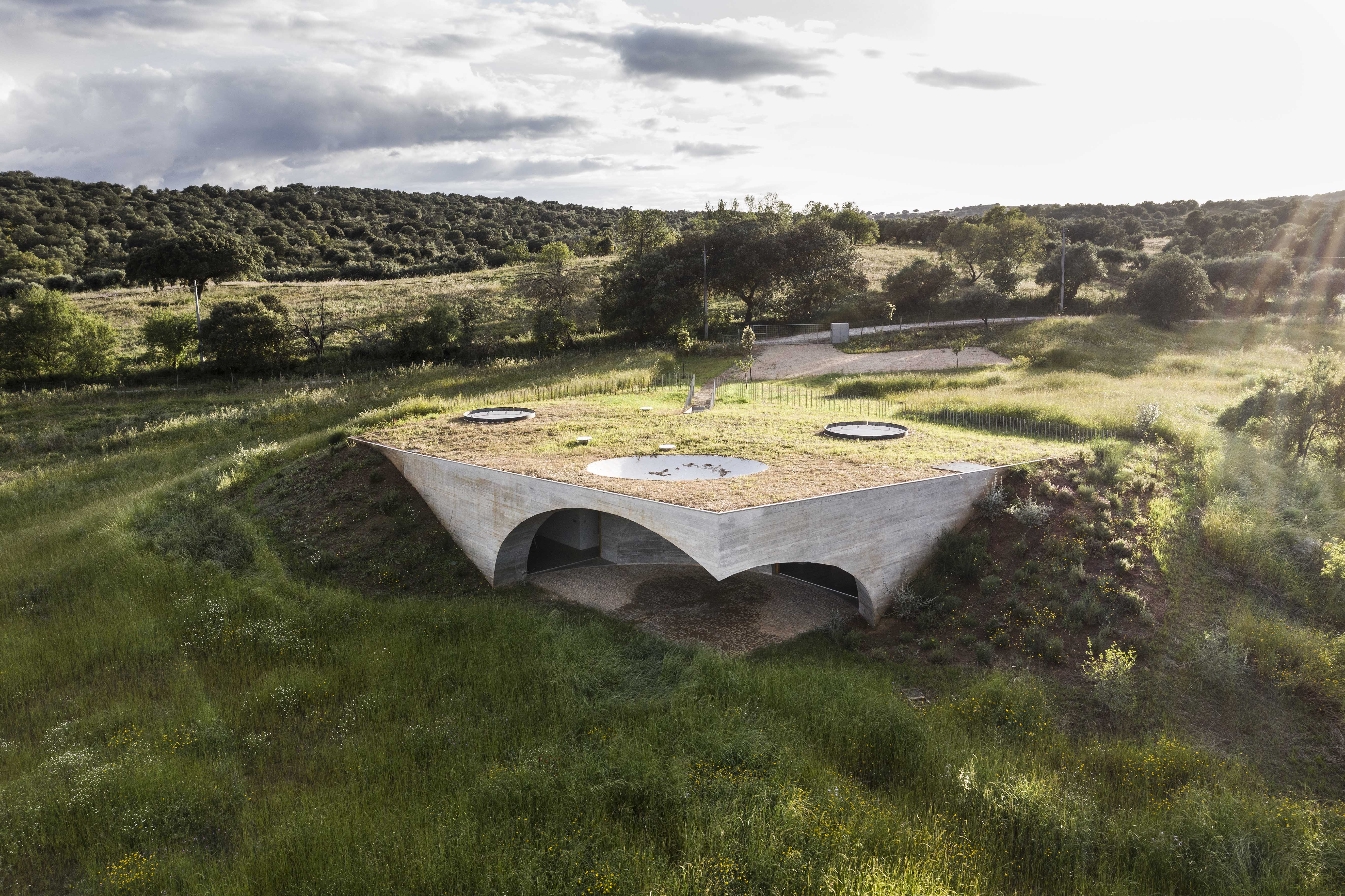
Amid the soft rolling hills and sweeping skies of Portugal’s Alentejo region, a few steps from the shores of Alqueva – the largest man-made lake in Europe – the subterranean house is buried under the earth’s surface, on the site of a pre-existing property that was submerged when the lake was created. ‘The house is located in an area where construction is not allowed,’ explains Aires Mateus. ‘Our ecological responsibility was also to make the house disappear into the landscape.
Using concrete as the main material, Aires Mateus smartly inserted the house into the ground like a bunker. The only visible element is a canopy, with a circular skylight, which conceals the common areas and covers an outdoor patio that offers both sunrise and sunset views of the lake. The three bedrooms, which are set further back, encircle open-air atriums clad in white tiles that reflect the light from above.
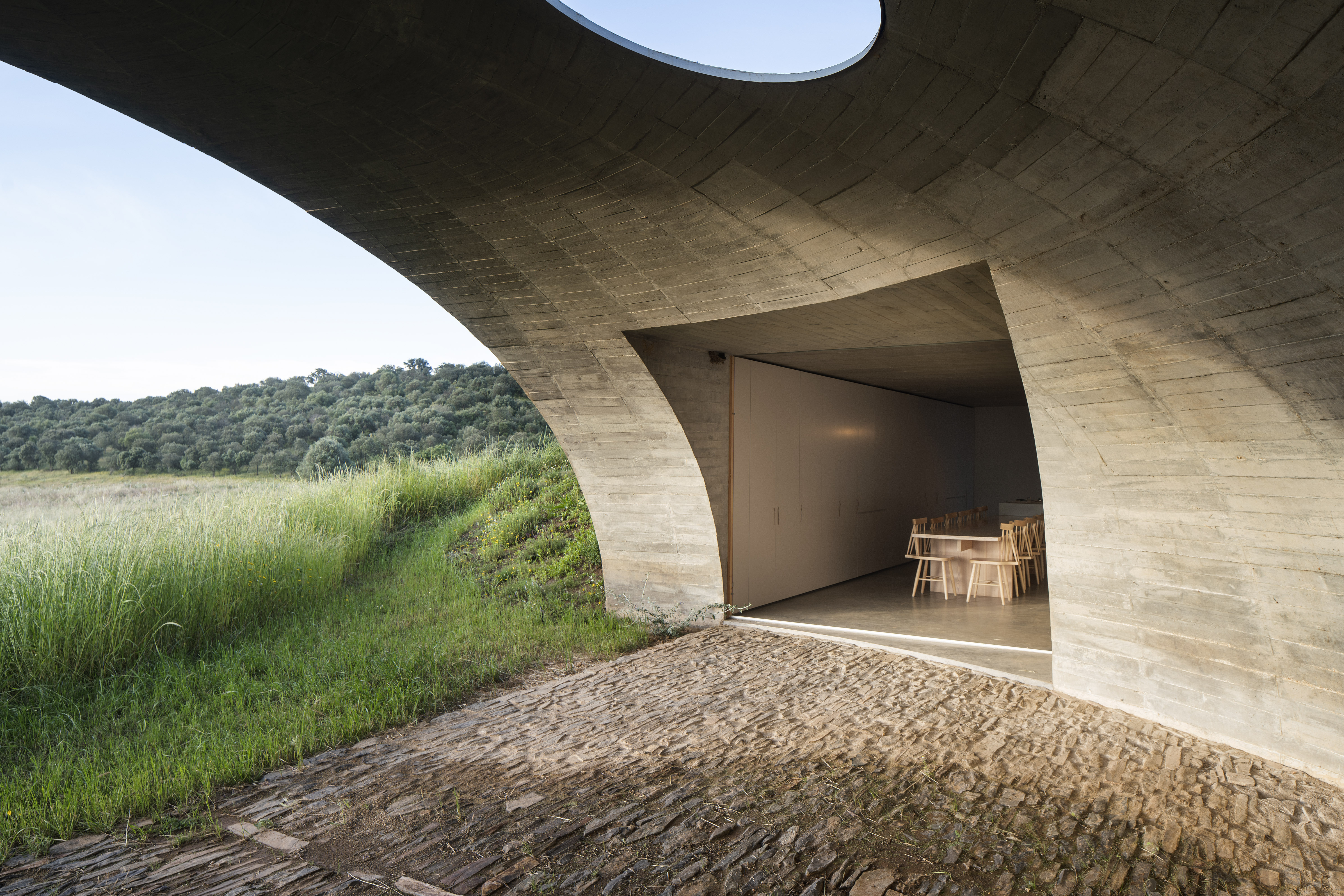
The interiors are just as subtle, inspired, as Aires Mateus says, by the idea of silence. The concrete frame is softened by warm natural woods and bespoke furnishings, many of which have been crafted by local artisans using local materials, and these sit alongside Flos lights and Branca Lisboa chairs. ‘In this case, the interior design and the architecture is not something to be seen, only to be felt,’ he explains.
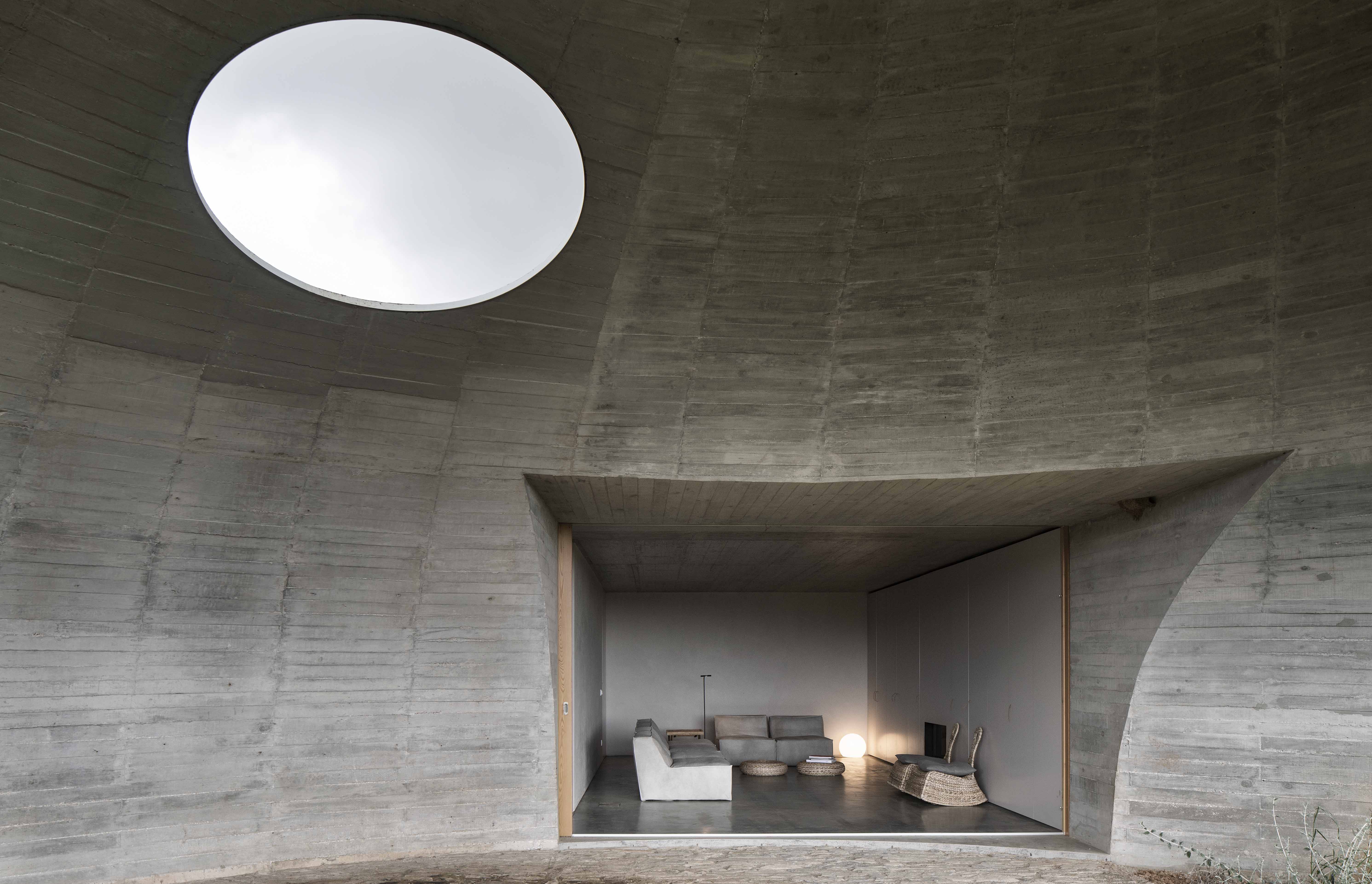
Local diversions include hiking, water sports or visits to the nearby medieval village of Monsaraz. Coming soon are bicycles and a jetty from which you can hop onto the house’s private boat for lakeside meanders. Meanwhile, those looking for a more sedate sojourn can take advantage of a private cook, then sit back, relax and savour the sound of silence.
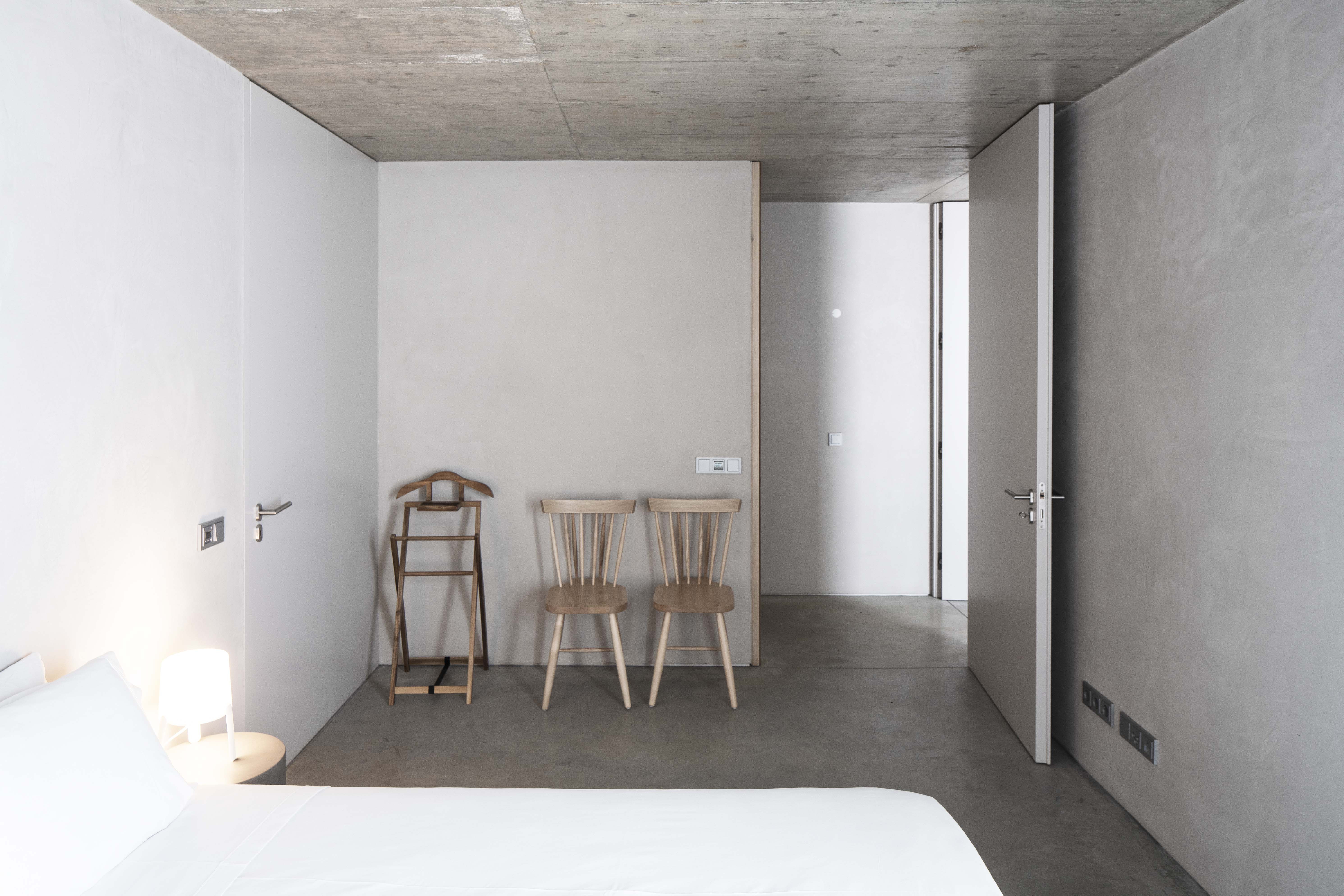
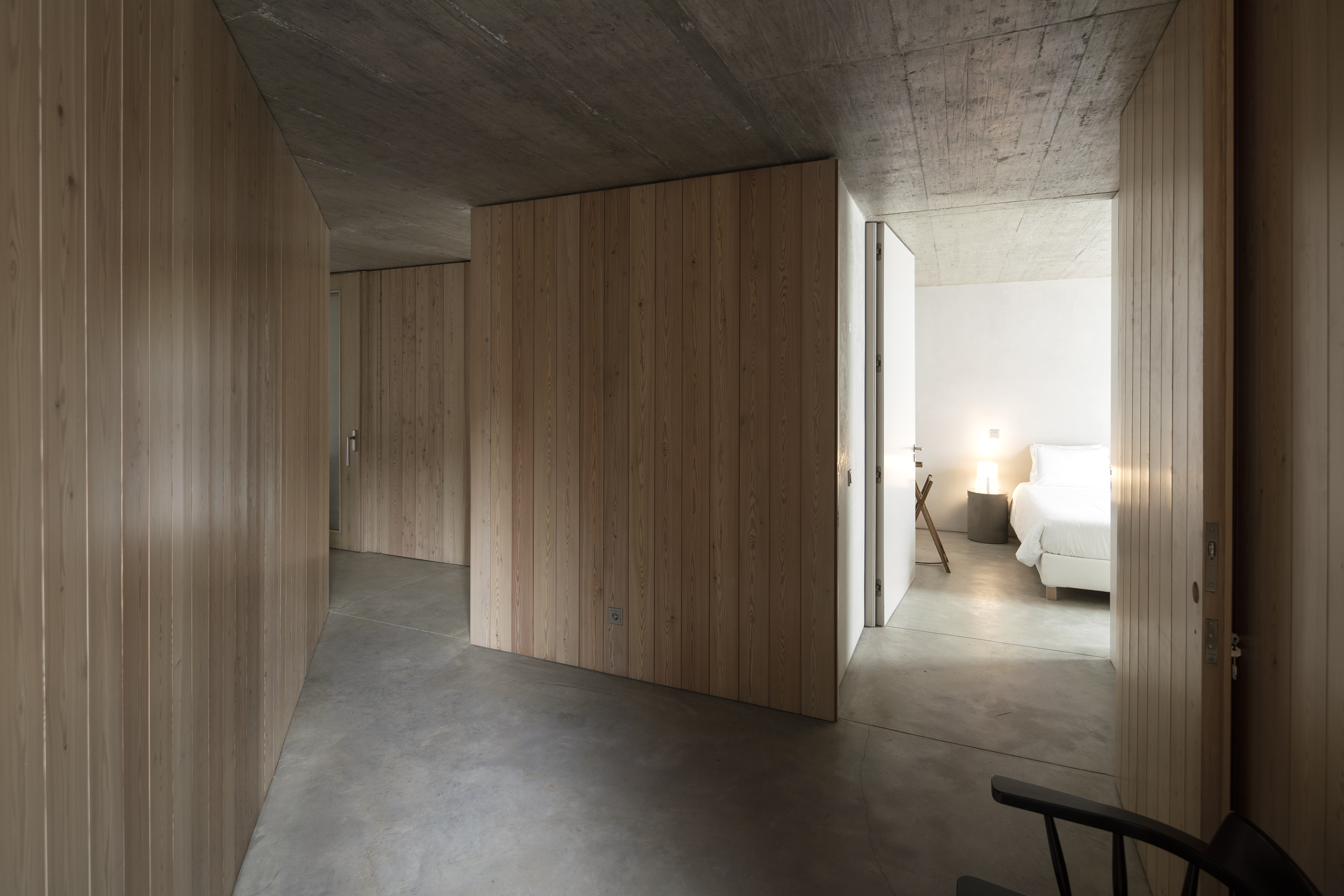
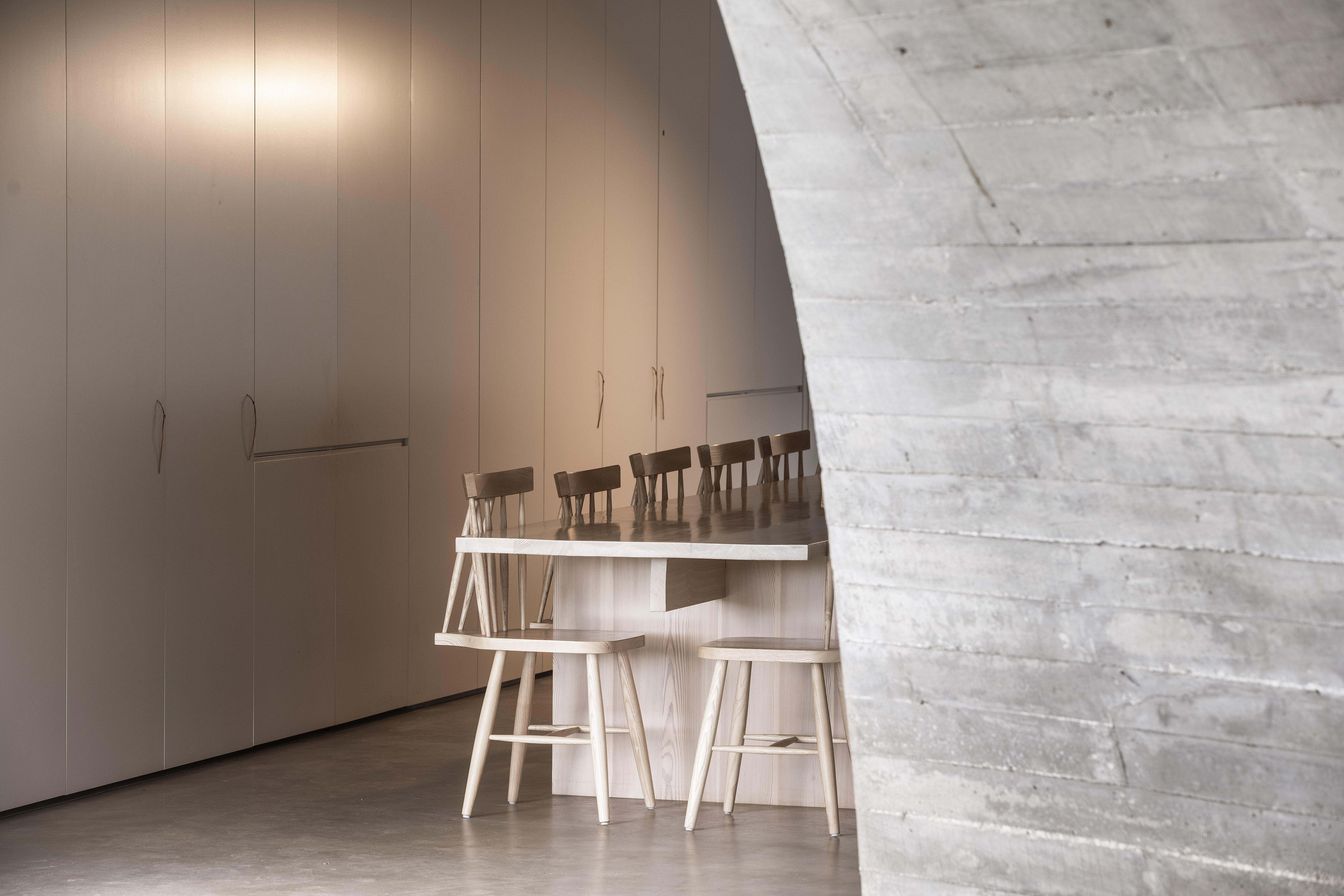
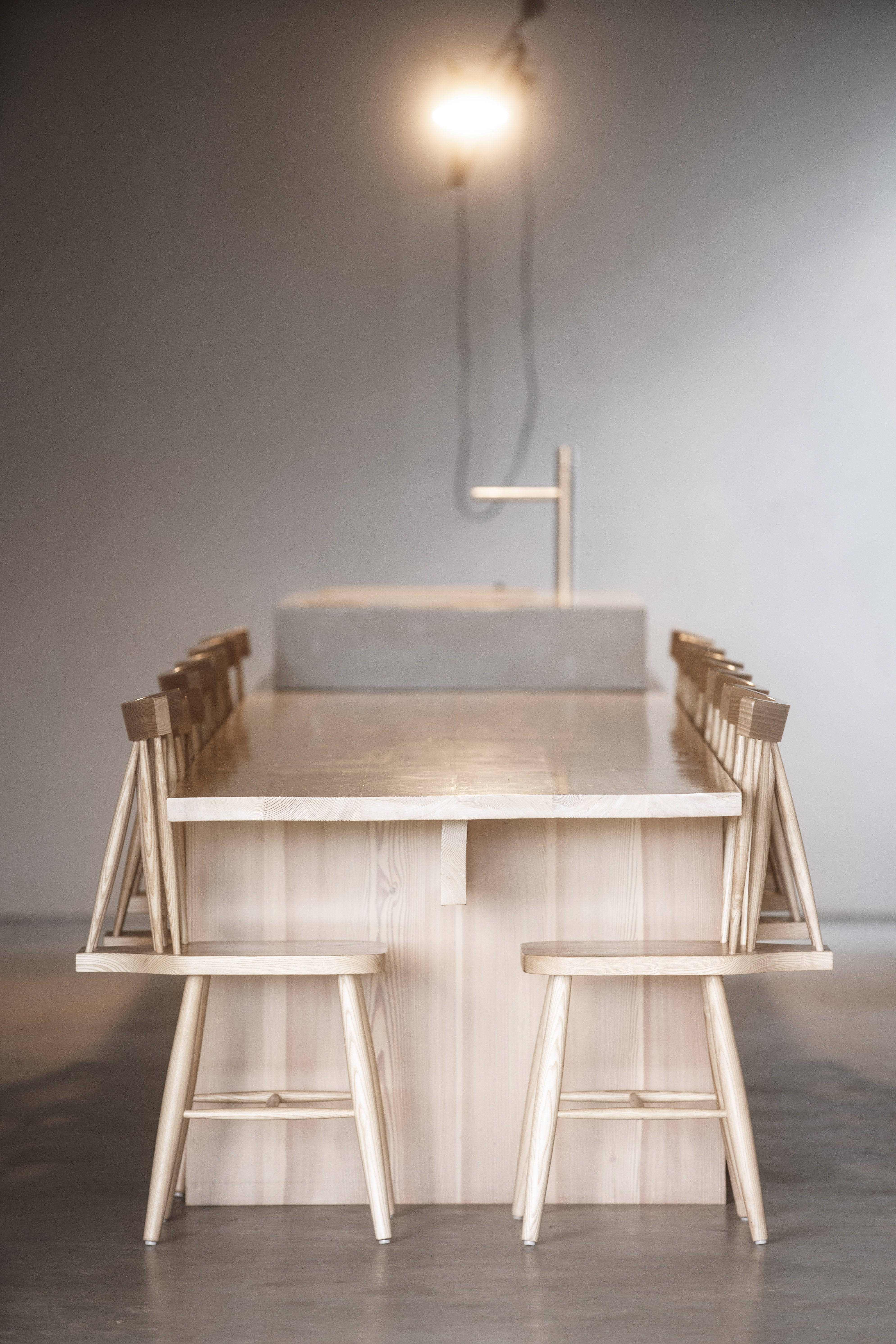
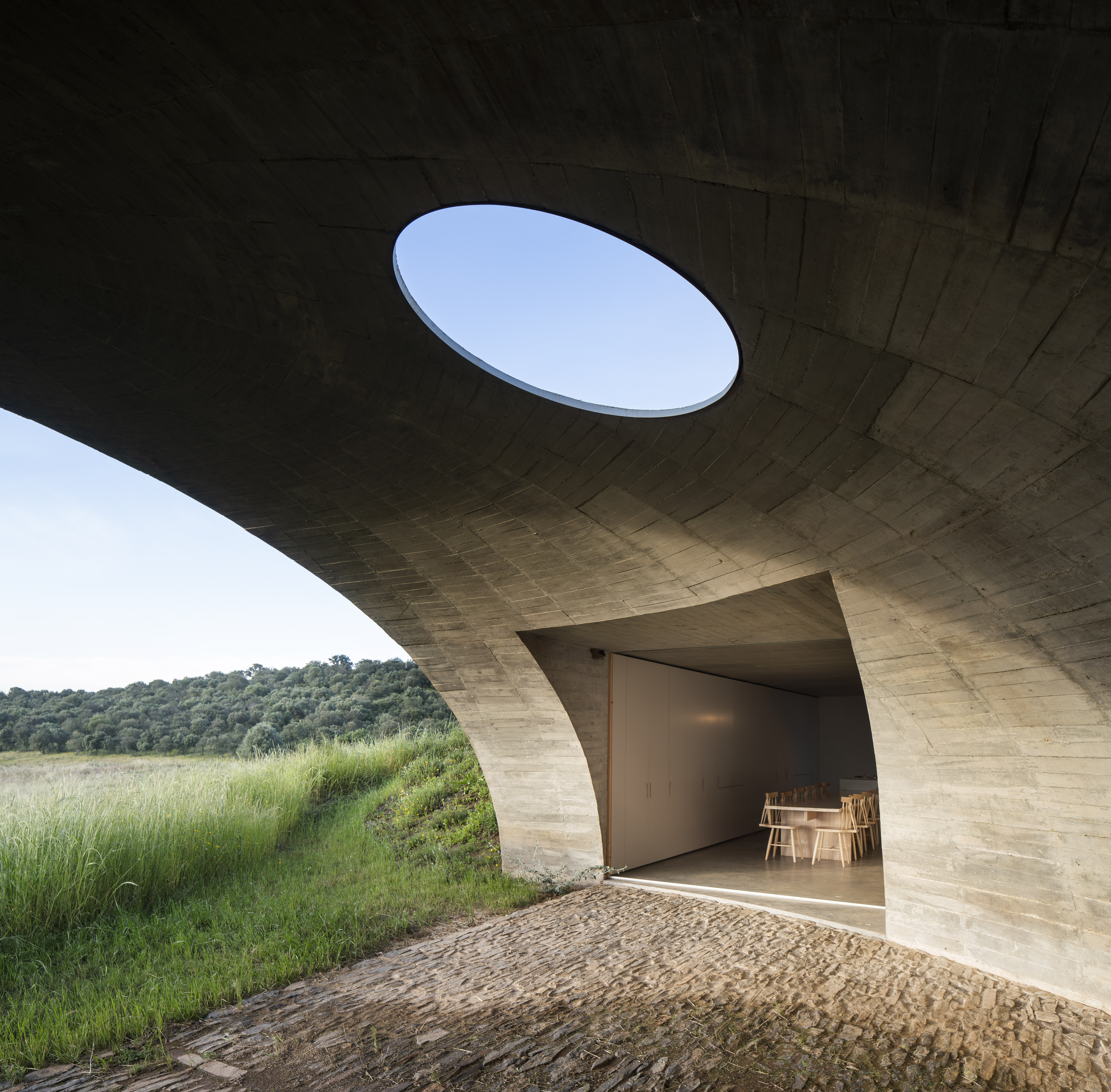
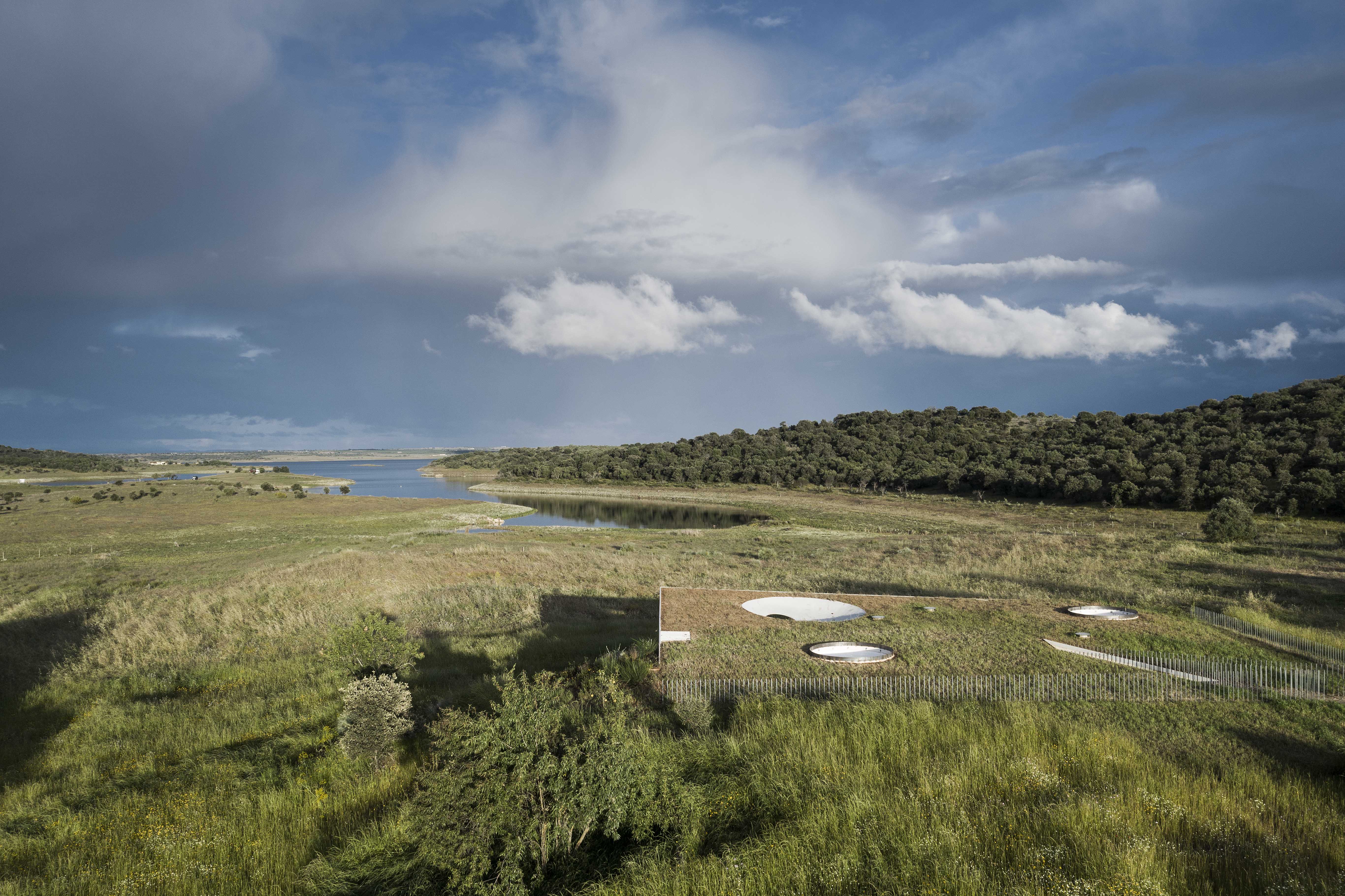
INFORMATION
Casa na Terra is part of the Silent Living collection
Receive our daily digest of inspiration, escapism and design stories from around the world direct to your inbox.
Lauren Ho is the Travel Director of Wallpaper*, roaming the globe, writing extensively about luxury travel, architecture and design for both the magazine and the website. Lauren serves as the European Academy Chair for the World's 50 Best Hotels.
-
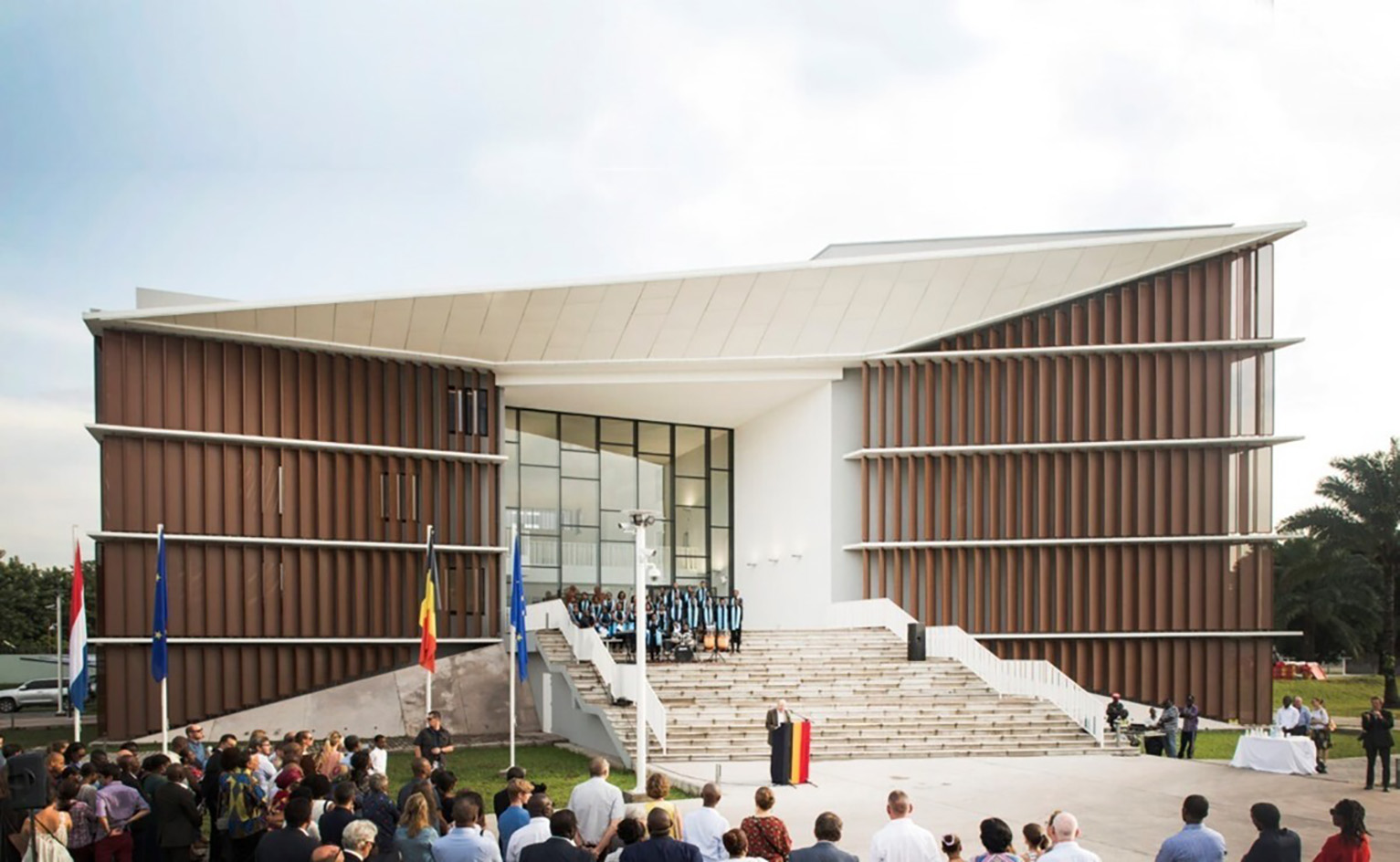 The diverse world of Belgian embassy design – 'style and class without exaggeration'
The diverse world of Belgian embassy design – 'style and class without exaggeration''Building for Belgium: Belgian Embassies in a Globalising World' offers a deep dive into the architecture representing the country across the globe – bringing context to diplomatic architecture
-
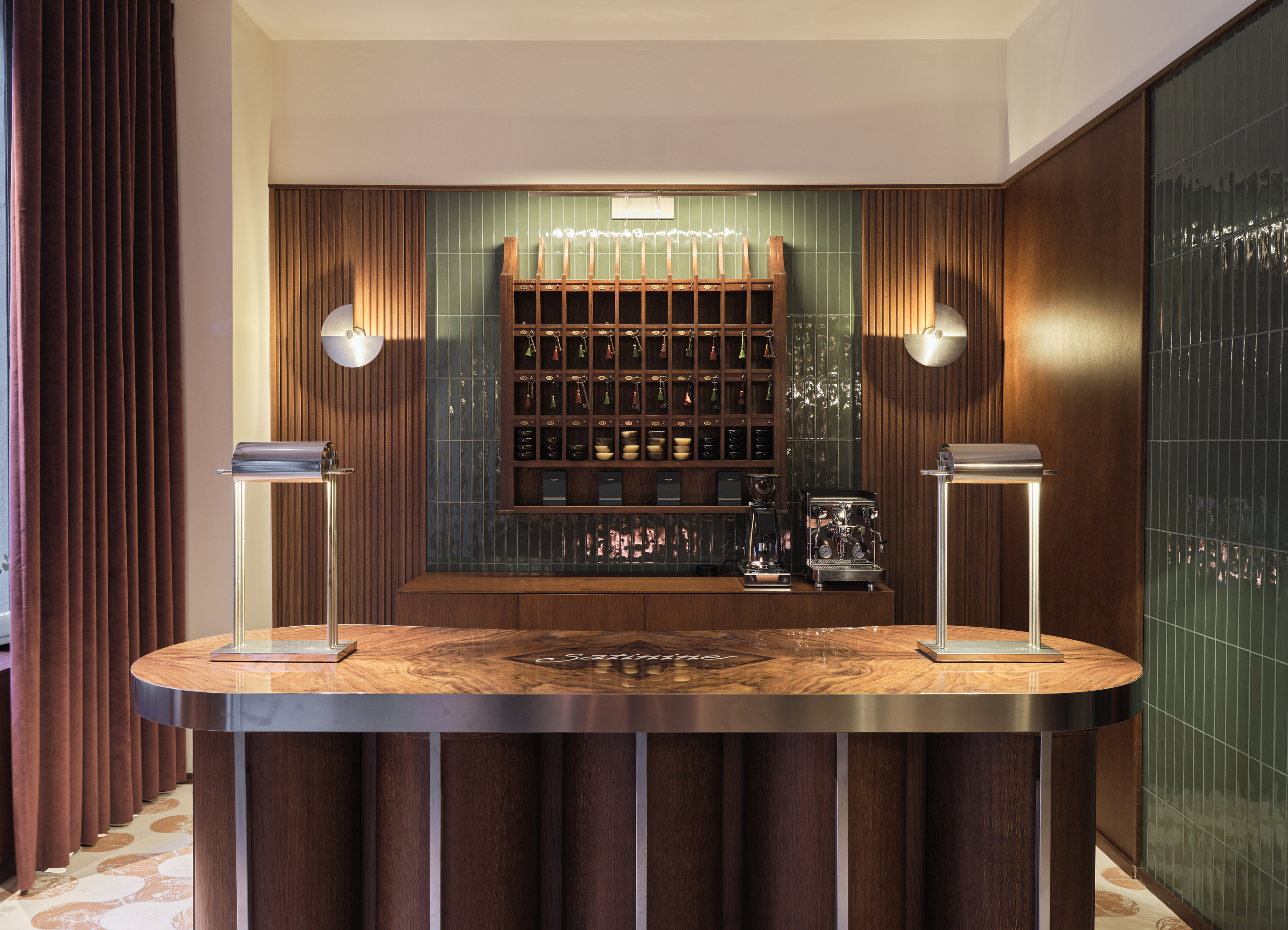 Pull up a bespoke pew at Milan’s new luxury perfumery Satinine, an homage to the city’s entryways
Pull up a bespoke pew at Milan’s new luxury perfumery Satinine, an homage to the city’s entrywaysDesigner Mara Bragagnolo fuses art deco details to bring storied Milanese fragrance brand Satinine into the 21st century
-
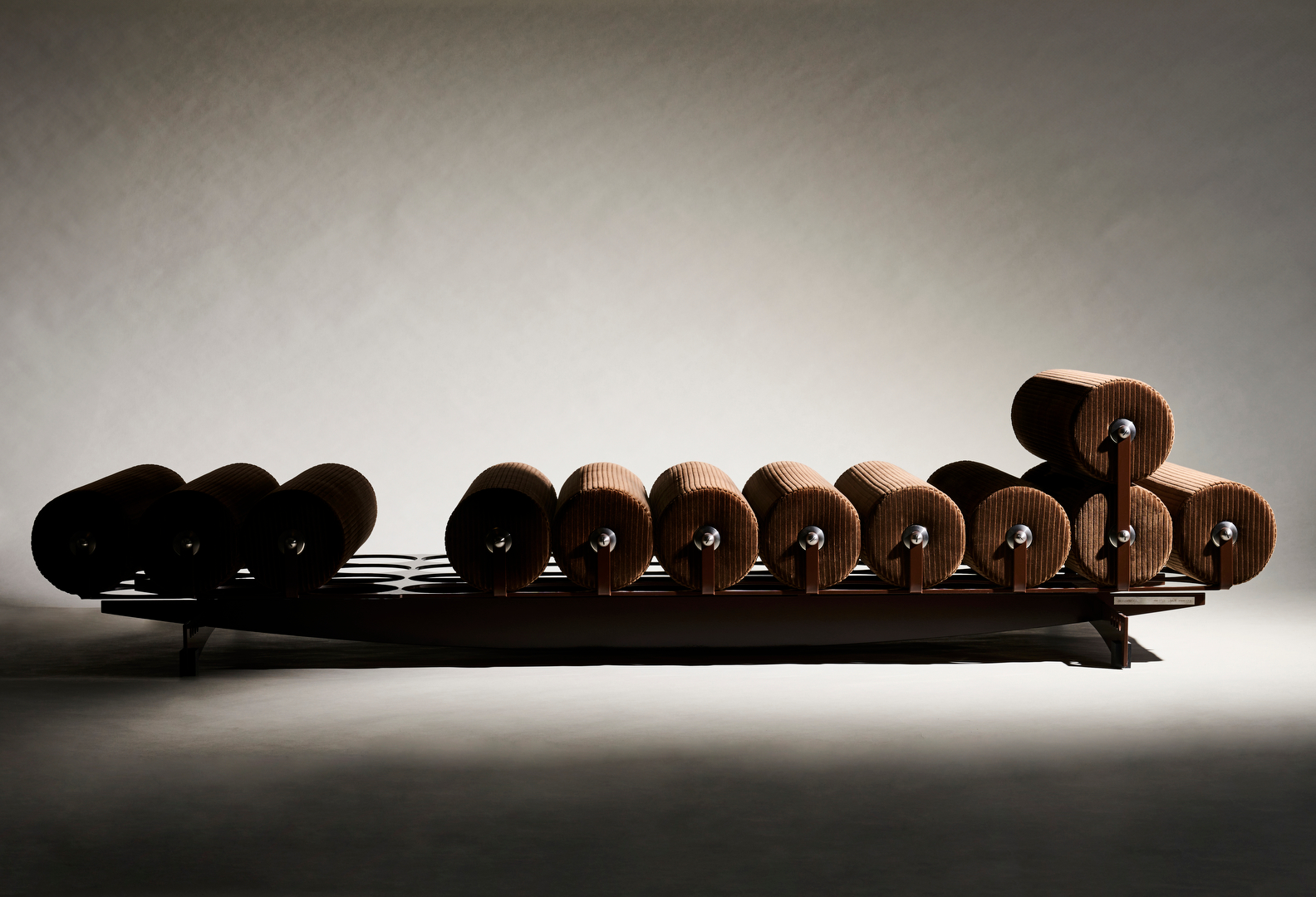 Supersedia’s chairs combine sculptural forms with emotional expressions
Supersedia’s chairs combine sculptural forms with emotional expressionsItalian design studio Supersedia, founded by Markus Töll, creates furniture where ‘every detail is shaped individually'
-
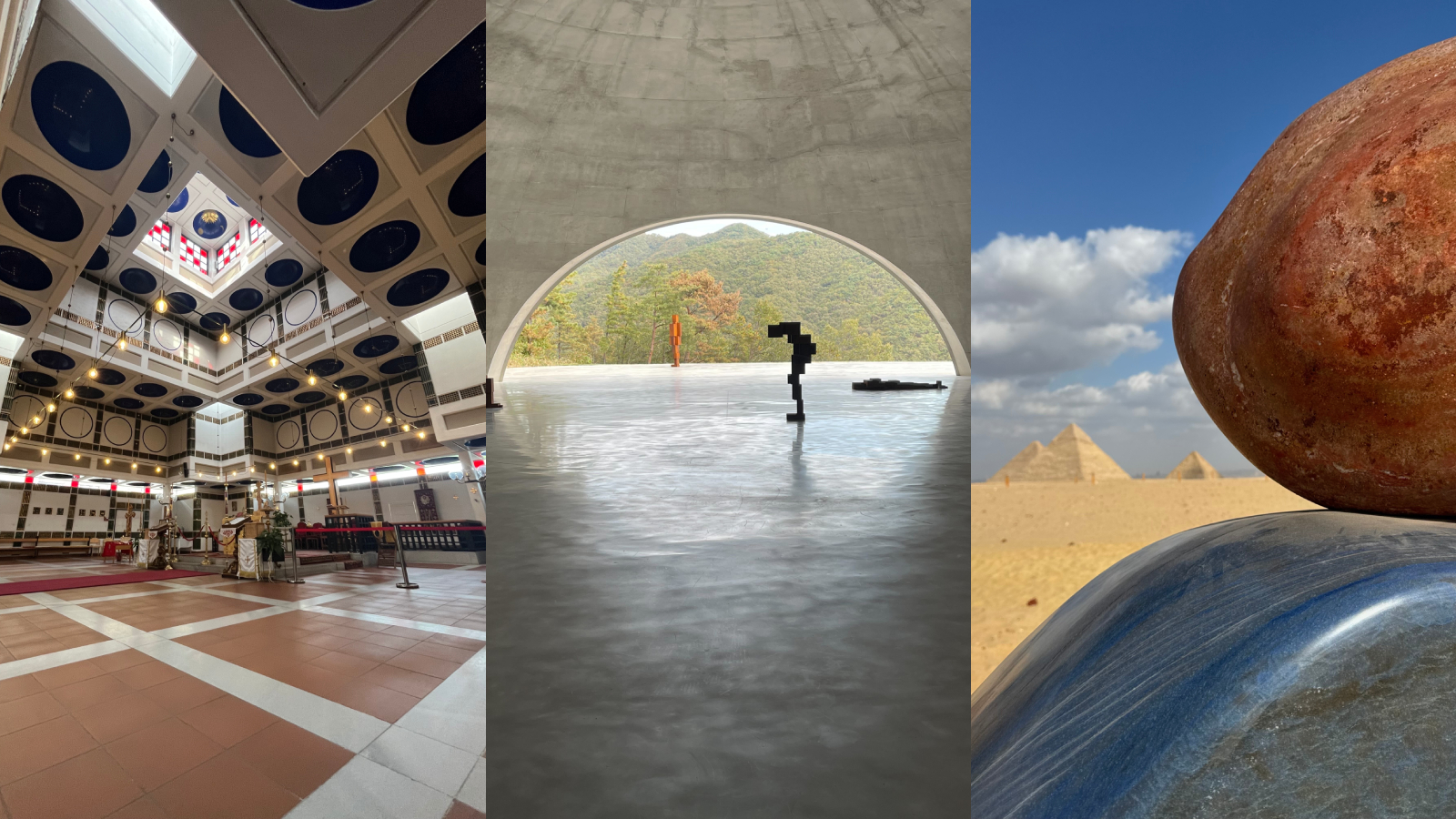 The Wallpaper* team’s travel highlights of the year
The Wallpaper* team’s travel highlights of the yearA year of travel distilled. Discover the destinations that inspired our editors on and off assignment
-
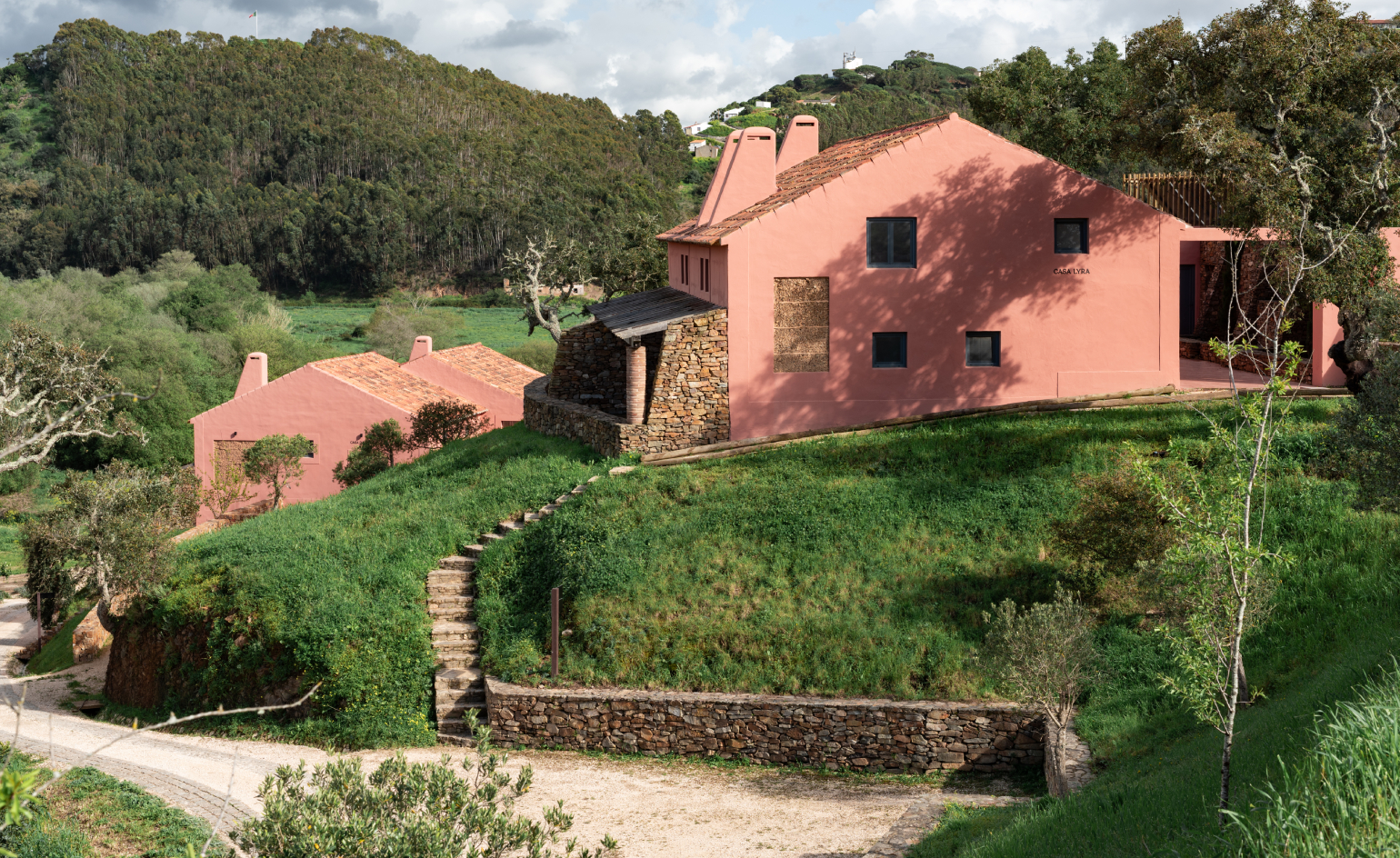 Retreat to an earthy resort in a sylvan slice of the Algarve
Retreat to an earthy resort in a sylvan slice of the AlgarveThe beautifully wild Portuguese landscape envelops the Vale Palheiro Earth Resort, offering visitors a chance to immerse themselves in rural authenticity
-
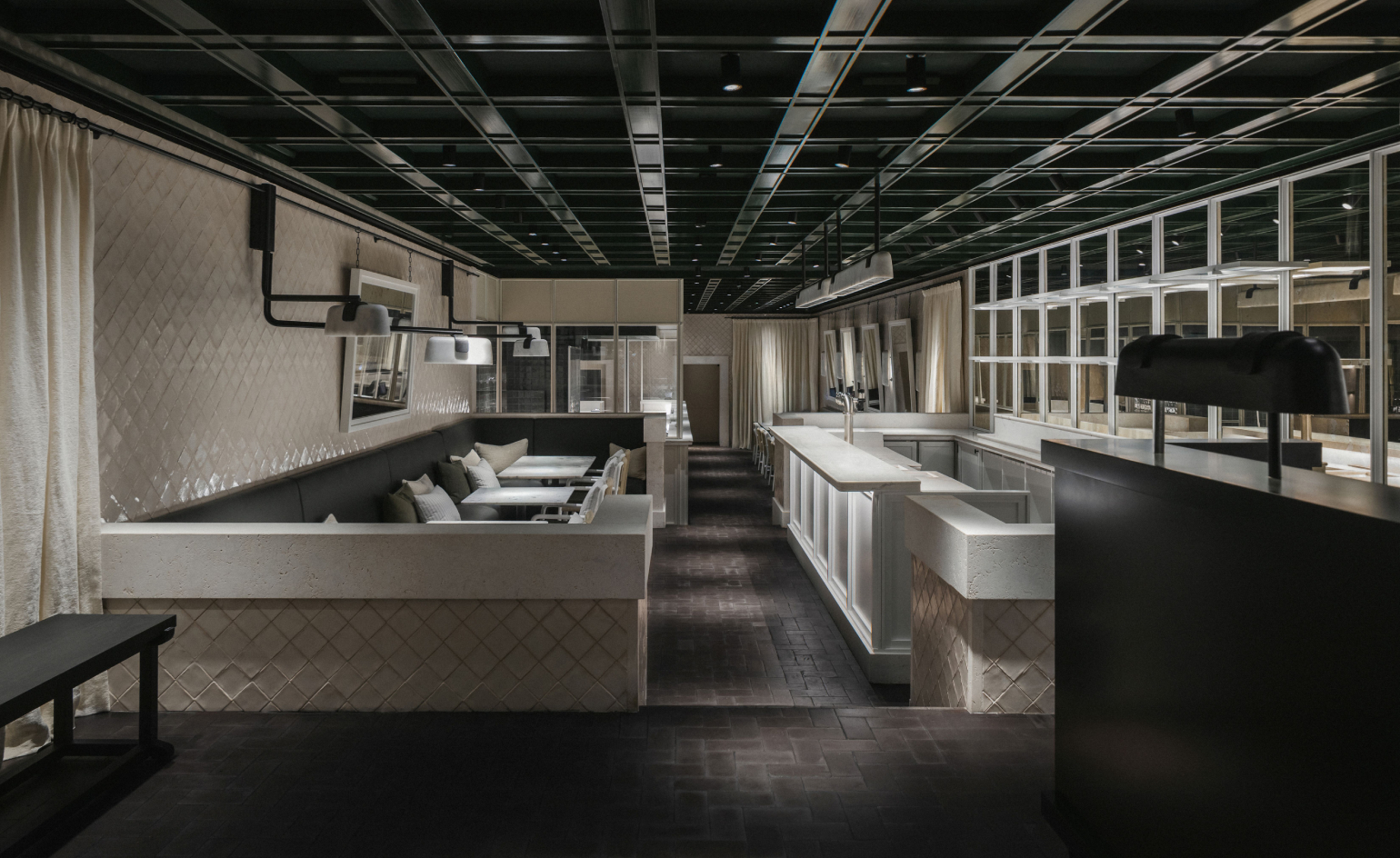 Vincent Van Duysen reimagines Lisbon dining at Jncquoi Fish
Vincent Van Duysen reimagines Lisbon dining at Jncquoi FishA minimalist yet richly textural world sets the tone at a buzzy new Lisbon restaurant, where Portuguese craft, Atlantic produce and fine-tuned gastronomy meet
-
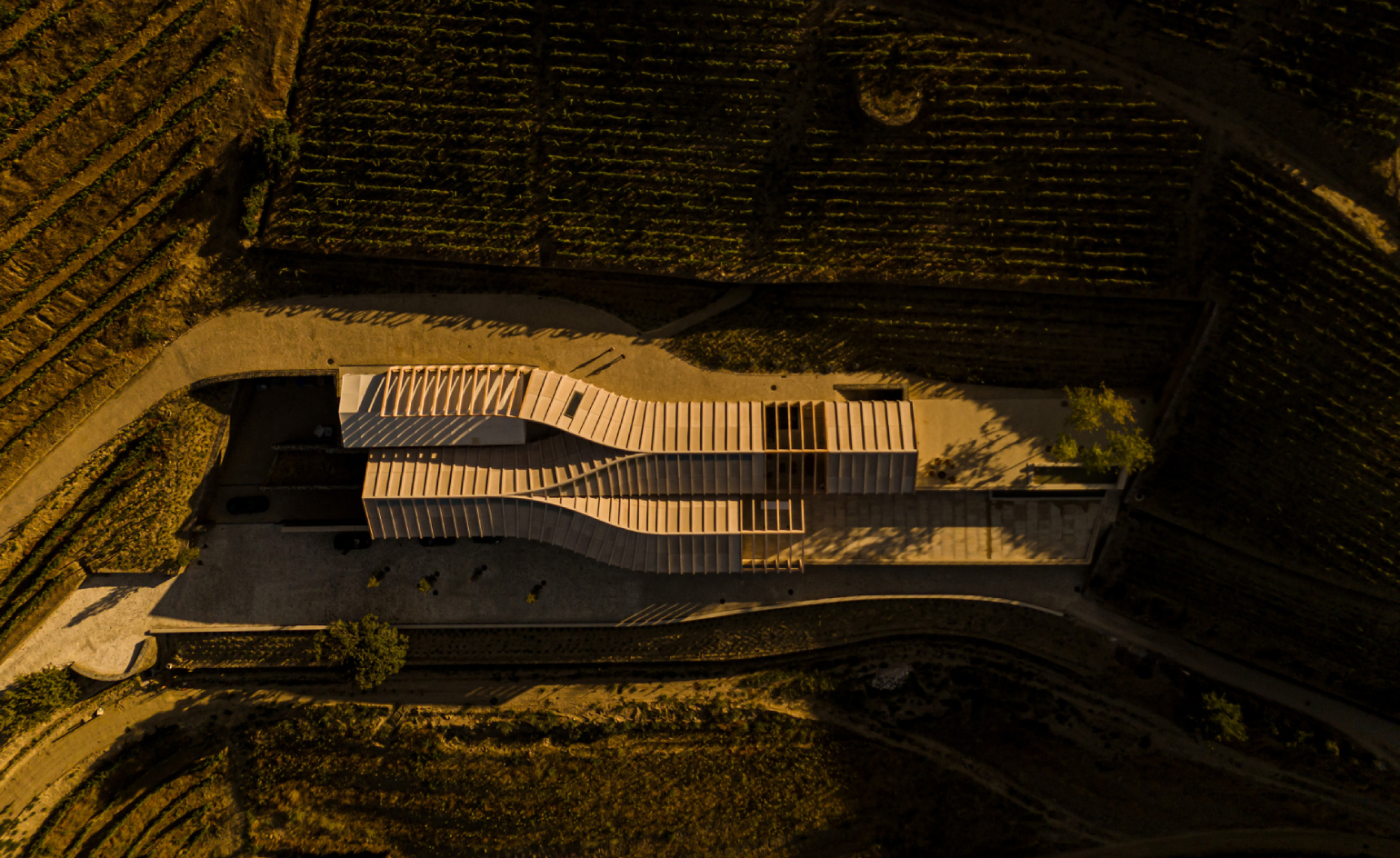 This Portuguese winery looks like it grew from the landscape itself
This Portuguese winery looks like it grew from the landscape itselfArchitect Sérgio Rebelo distils the essence of Portugal’s Douro Valley into a new timber-framed winery for Quinta de Adorigo
-
 The Viceroy Hotel Group wants you to get on your bike
The Viceroy Hotel Group wants you to get on your bikeAcross properties in Santa Monica, Chicago, Washington DC and the Algarve, Viceroy guests can experience curated cycling routes and community events
-
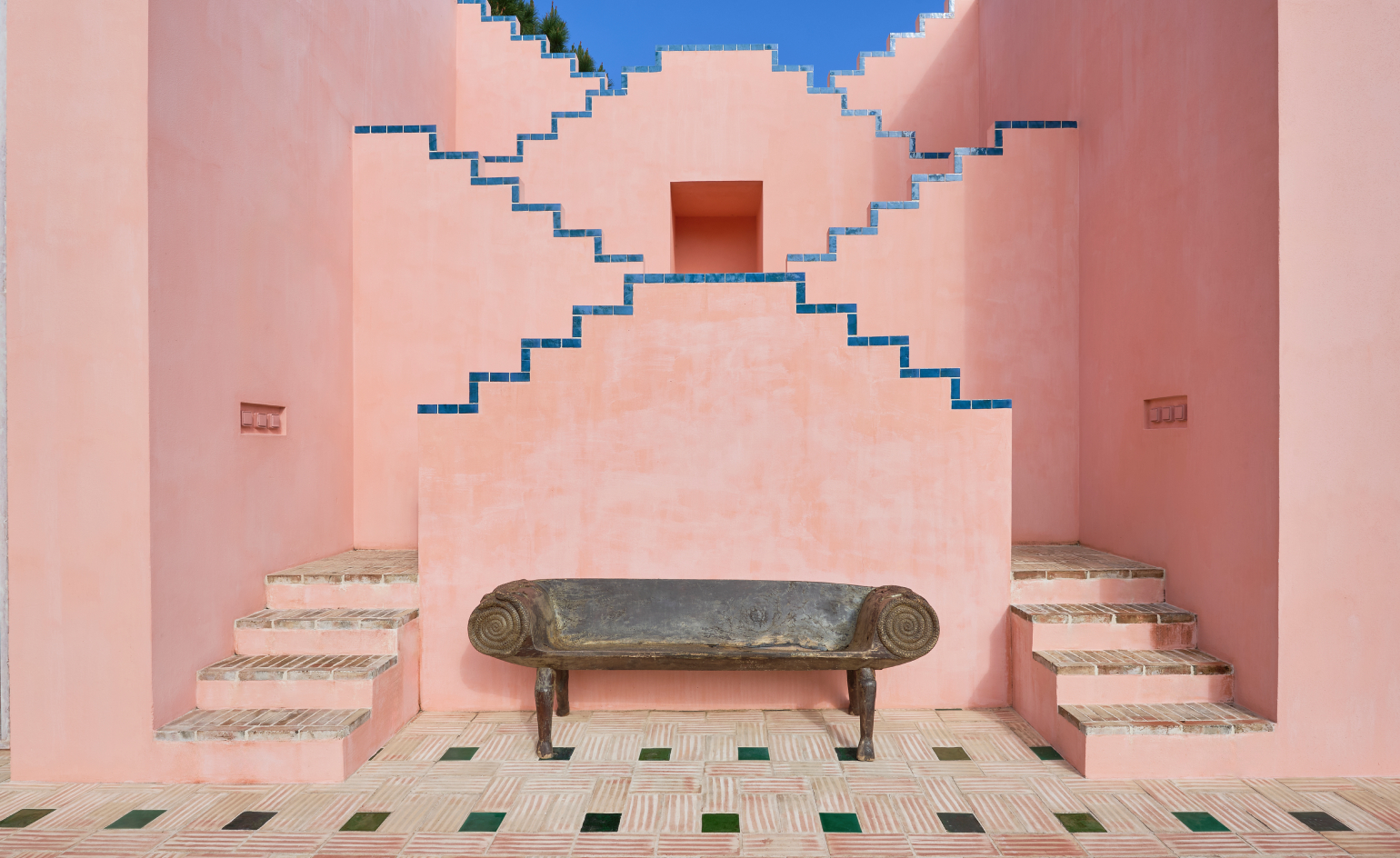 Two new villas extend Christian Louboutin’s exuberant Portuguese hotel
Two new villas extend Christian Louboutin’s exuberant Portuguese hotelA pink, kasbah-inspired residence and a whitewashed boathouse join the French shoe designer’s Vermelho Hotel in Melides, Alentejo
-
 Do luxury hotels need a farmer-in-residence?
Do luxury hotels need a farmer-in-residence?From Ibiza to Indonesia, hospitality brands are cultivating a new travel experience, where wellness begins in the soil and ends at the table
-
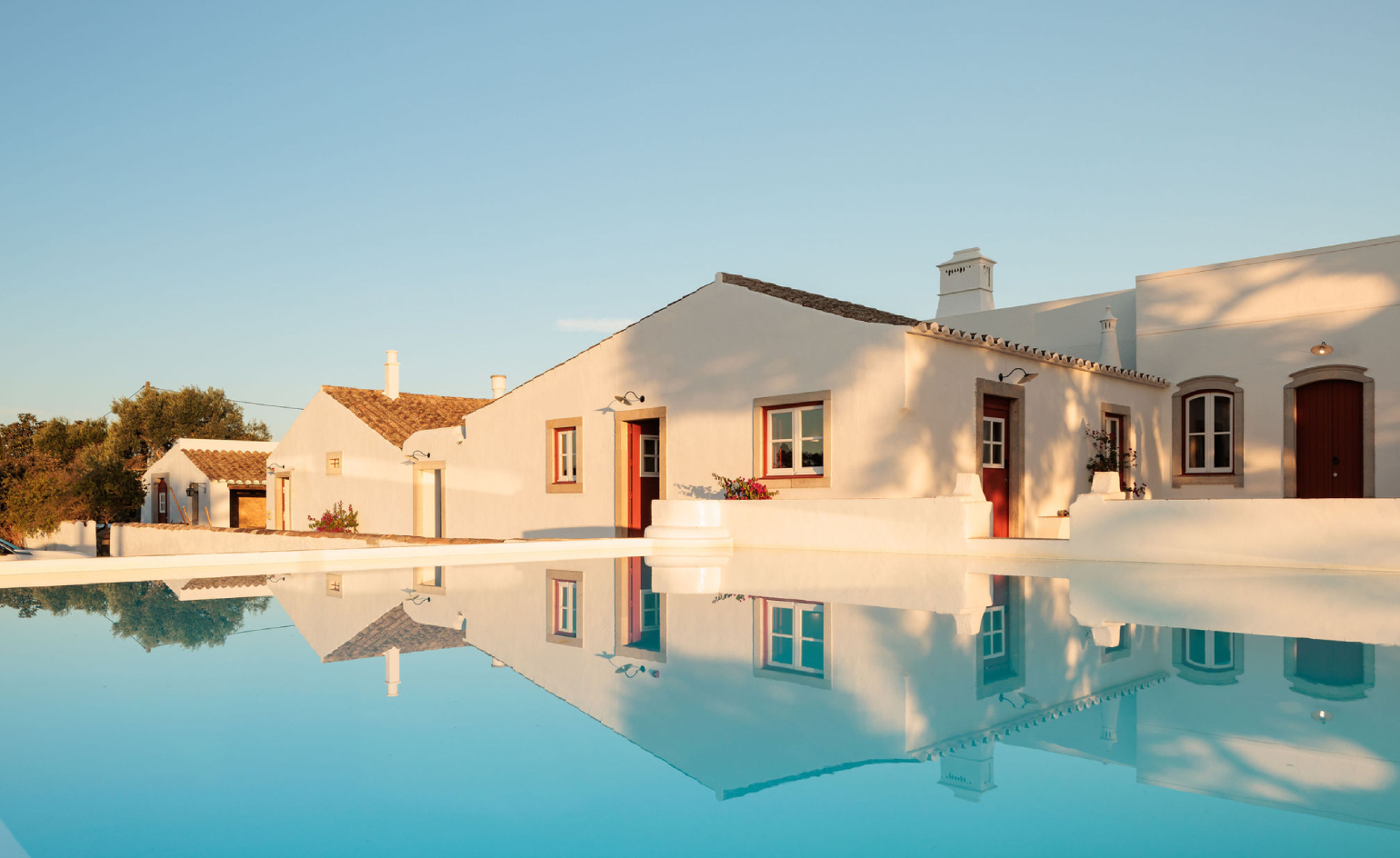 Wallpaper* checks into Quinta do Pinheiro, an easy-breezy farmhouse in the Algarve
Wallpaper* checks into Quinta do Pinheiro, an easy-breezy farmhouse in the AlgarveIn this private five-casa quinta by the Ria Formosa, it’s all about blending rustic charm with modern comfort